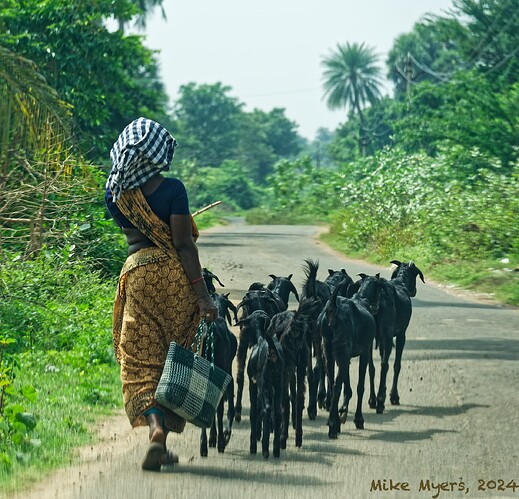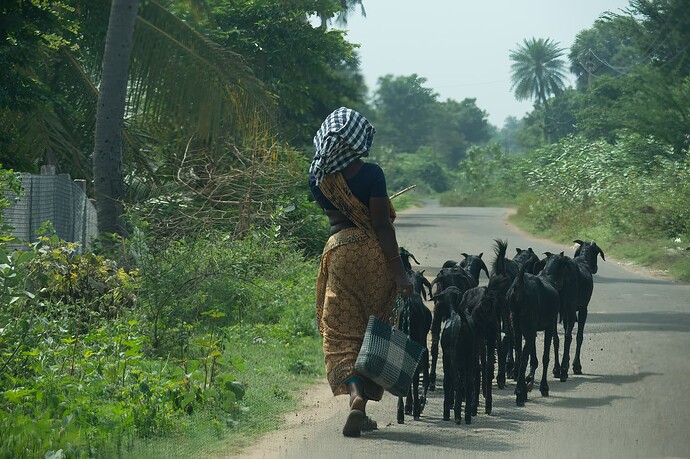Most of the time, I don’t think it matters very much, but I’ll ask anyway.
Aperture settings are mostly to get the desired depth of field. I’m not very good at this - it seems I almost always want very little, or a lot. This gets considered, and adjusted, as I’m setting up for a photo. Much of the time I either want the subject sharp, contrasting with everything else that is blurry, or I want everything “postcard” sharp.
Shutter settings are often just as easy - do I want things frozen in time, or do I want some motion blur. Most of the time, I have an idea of what I’m after.
Depending on what I do with both of the above, what’s left to get me a good exposure is ISO.
I’m not so sure about this, as the other settings. I figure ISO 100 is probably as good as it gets, but over the past year, ISO hasn’t made much of a difference to me - but if I jack it up way too high, even if I don’t get noise/grain, I’ll lose detail.
I know @Joanna feels I should be “in control” of my settings, but there are so many times when I’m tempted to select AUTO-ISO, to give me some assurance that my images will be exposed properly, even if I don’t think about them so much.
In India, and even here in the US, I’ve selected auto-ISO as I then didn’t need to worry so much about the exposure. Part of me wants to stop doing so, but another part tells me that my brain is a bit more free to think about composition and timing, if I’m not also dealing with ISO. I suppose I could put my camera in (A)perture priority, or (S)hutter priority mode, (or worse yet, (P)rogram mode, but I proved to myself on my last trip that I do best when I use (M)anual mode and set things after thinking about them - when I have time to do so.
All the above depends on what kind of image I’m taking - if I’m slowly setting everything up to get a special photo, then it’s “me” that needs to independently think about all the above, and make the most appropriate compromise. I feel most confident about those photos. But, what to do when I’m pressed for time, and literally don’t have time to consider everything before each shot? (Of course, then, Auto-ISO will usually take care of everything for me.
To anyone who is willing to offer some advice - how do you handle this, when you don’t have the time to analyze everything to your satisfaction before capturing the image?
Example image:
I was in a car, and I saw this scene in front of me. All I had time to do was raise my Df to my eye, press the rear focus button, and make sure what I liked was inside the viewfinder. No time to think about anything.
DF1_4450 | 2023-12-31.nef (33.8 MB)
Thanks to DxO, this is what I got from it, but I now see all the faults (including dirt on the car’s windshield) that bother me. The settings are whatever I had in the Df at the time, no time to think, let alone change anything. …but I’m happy I had pre-set the camera, just in case… Focus was on the lady’s “sari” if that is the correct name.


